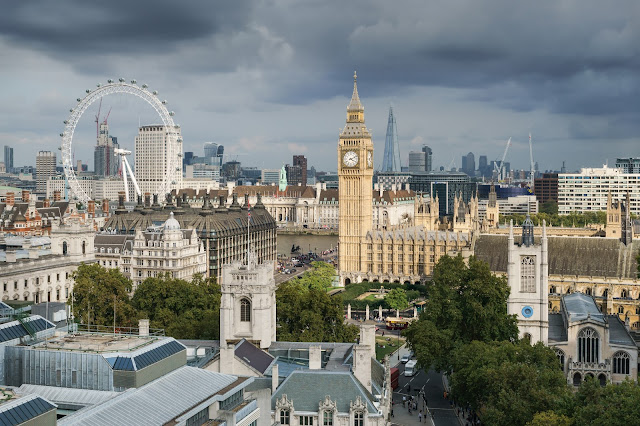The Ashmolean is the University of Oxford’s museum of art and archaeology, founded in 1683. Our world famous collections range from Egyptian mummies to contemporary art, telling human stories across cultures and across time.
The Ashmolean’s collections are extraordinarily diverse, representing most of the world’s great civilisations, with objects dating from 8000 BC to the present day. Among many riches we have the world’s greatest collection of Raphael drawings, the most important collection of Egyptian pre-Dynastic sculpture and ceramics outside Cairo, the only great Minoan collection in Britain, outstanding Anglo-Saxon treasures, and the foremost collection of modern Chinese painting in the Western world.
Blenheim Palace (Day 7 / 9th July)
Blenheim Palace (pronounced /ˈblɛnɪm/ blen-im) is a monumental country house situated in Woodstock, Oxfordshire, England. It is the principal residence of the dukes of Marlborough, and the only non-royal non-episcopal country house in England to hold the title of palace. The palace, one of England's largest houses, was built between 1705 and circa 1722. Blenheim Palace was designated a UNESCO World Heritage Site in 1987.
Bourton-on-the-Water (Day 7 / 9th July)
London (Day 8 / 10th July)
London is the capital and most populous city of England, Great Britain, and the United Kingdom. On the River Thames in the south east of the island of Great Britain, London has been a major settlement for two millennia. It was founded by the Romans, who named it Londinium.
London contains four World Heritage Sites: the Tower of London; Kew Gardens; the site comprising the Palace of Westminster, Westminster Abbey, and St Margaret's Church; and the historic settlement of Greenwich(in which the Royal Observatory, Greenwich marks the Prime Meridian, 0° longitude, and GMT). Other famous landmarks include Buckingham Palace, the London Eye, Piccadilly Circus, St Paul's Cathedral, Tower Bridge, Trafalgar Square, and The Shard. London is home to numerous museums, galleries, libraries, sporting events and other cultural institutions, including the British Museum, National Gallery, Tate Modern, British Library and West End theatres. The London Underground is the oldest underground railway network in the world.
London is the capital and most populous city of England, Great Britain, and the United Kingdom. On the River Thames in the south east of the island of Great Britain, London has been a major settlement for two millennia. It was founded by the Romans, who named it Londinium.
London contains four World Heritage Sites: the Tower of London; Kew Gardens; the site comprising the Palace of Westminster, Westminster Abbey, and St Margaret's Church; and the historic settlement of Greenwich(in which the Royal Observatory, Greenwich marks the Prime Meridian, 0° longitude, and GMT). Other famous landmarks include Buckingham Palace, the London Eye, Piccadilly Circus, St Paul's Cathedral, Tower Bridge, Trafalgar Square, and The Shard. London is home to numerous museums, galleries, libraries, sporting events and other cultural institutions, including the British Museum, National Gallery, Tate Modern, British Library and West End theatres. The London Underground is the oldest underground railway network in the world.
Natural History Museum (Day 11 / 13th July)
The museum is home to life and earth science specimens comprising some 80 million items within five main collections: botany, entomology, mineralogy, paleontology and zoology. The museum is a world-renowned centre of research specialising in taxonomy, identification and conservation. Given the age of the institution, many of the collections have great historical as well as scientific value, such as specimens collected by Charles Darwin. The museum is particularly famous for its exhibition of dinosaur skeletons and ornate architecture—sometimes dubbed a cathedral of nature—both exemplified by the large Diplodocus cast which dominates the vaulted central hall. The Natural History Museum Library contains extensive books, journals, manuscripts, and artwork collections linked to the work and research of the scientific departments; access to the library is by appointment only. The museum is recognised as the pre-eminent centre of natural history and research of related fields in the world.





No comments:
Post a Comment